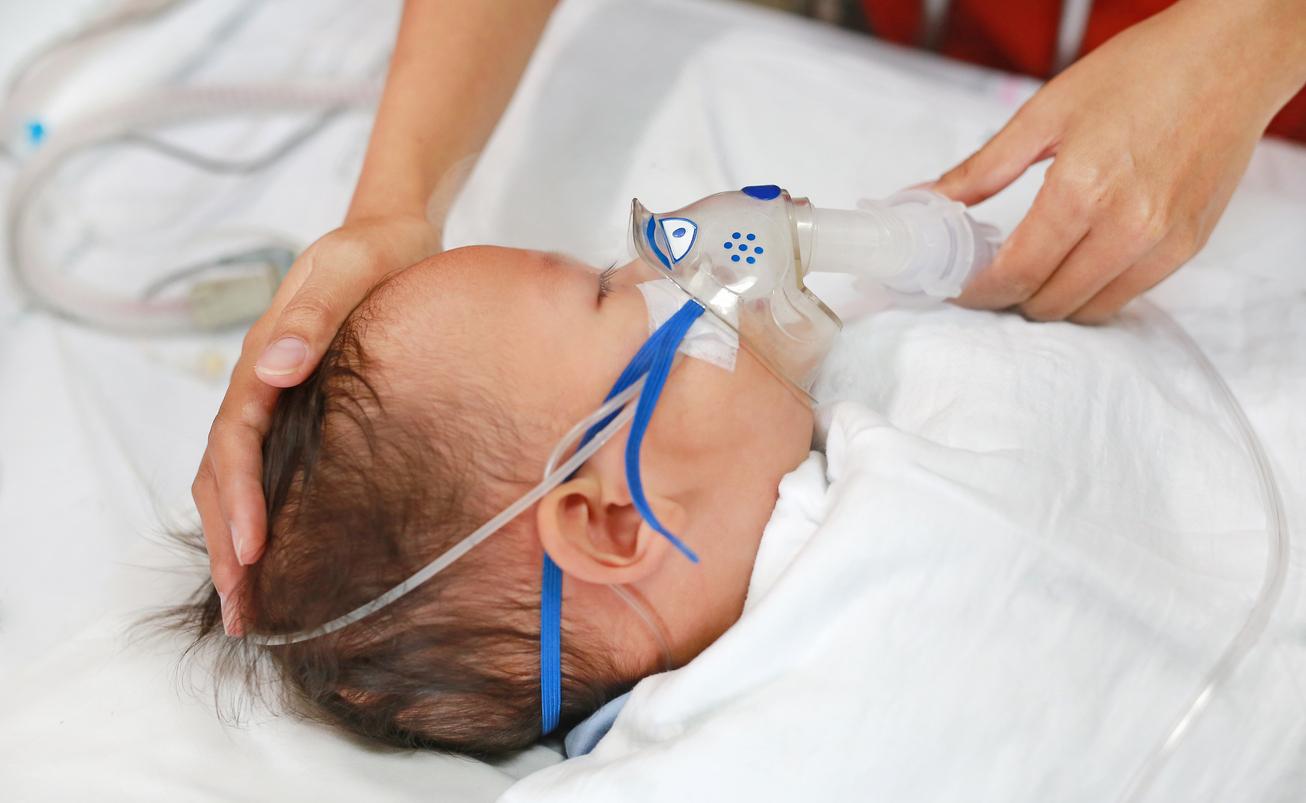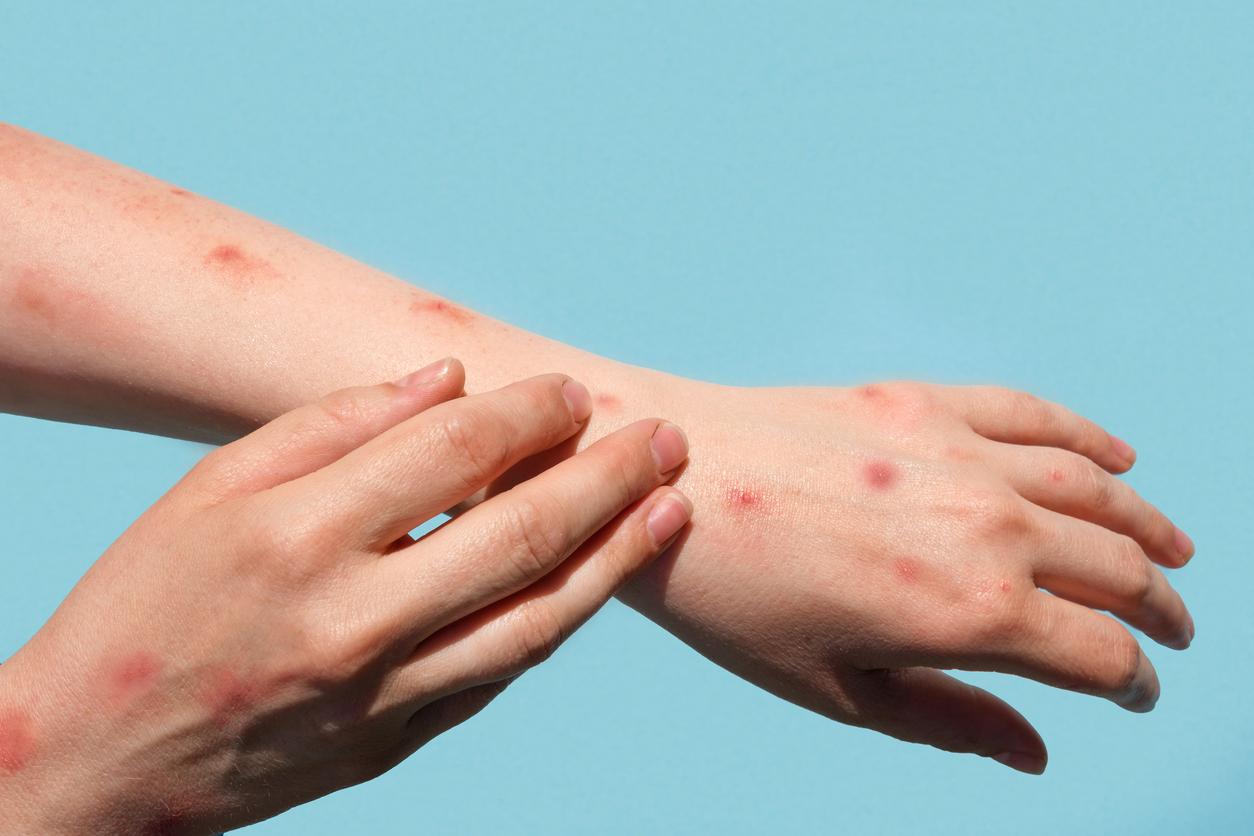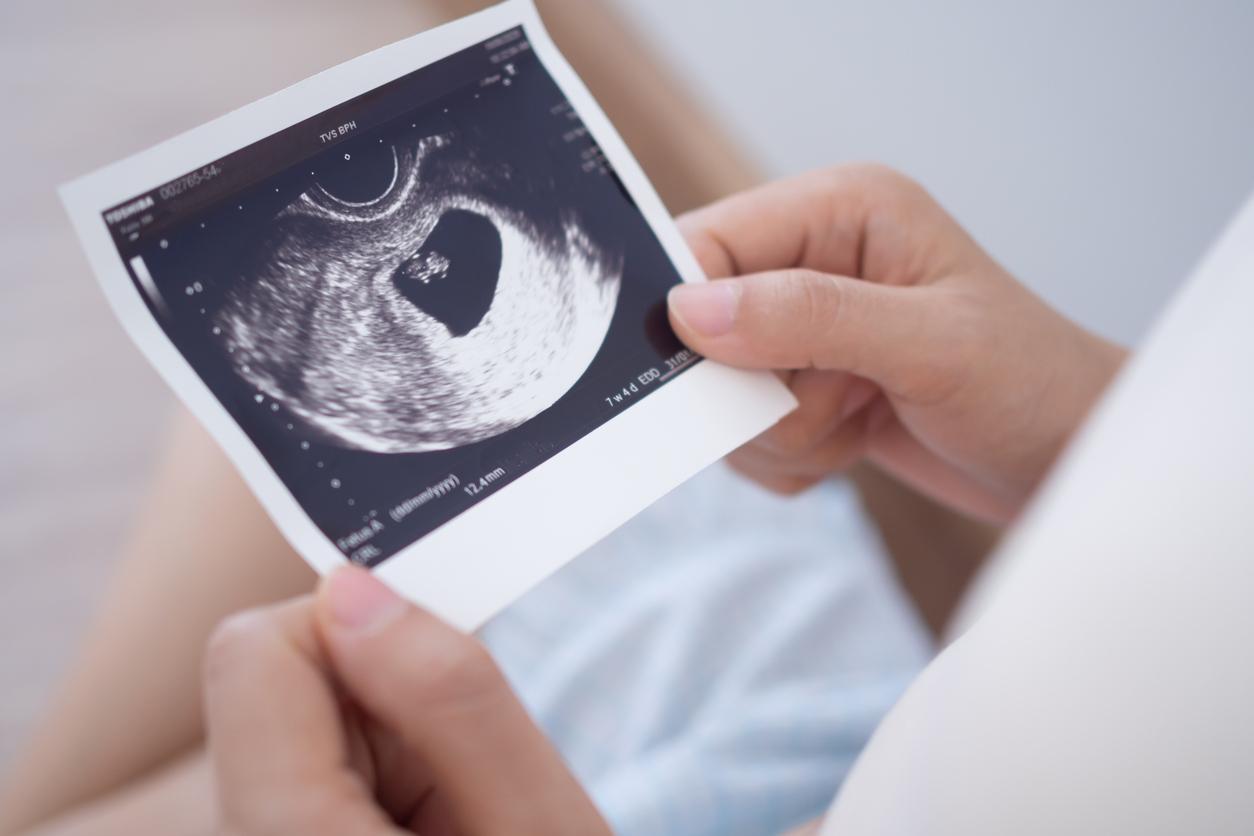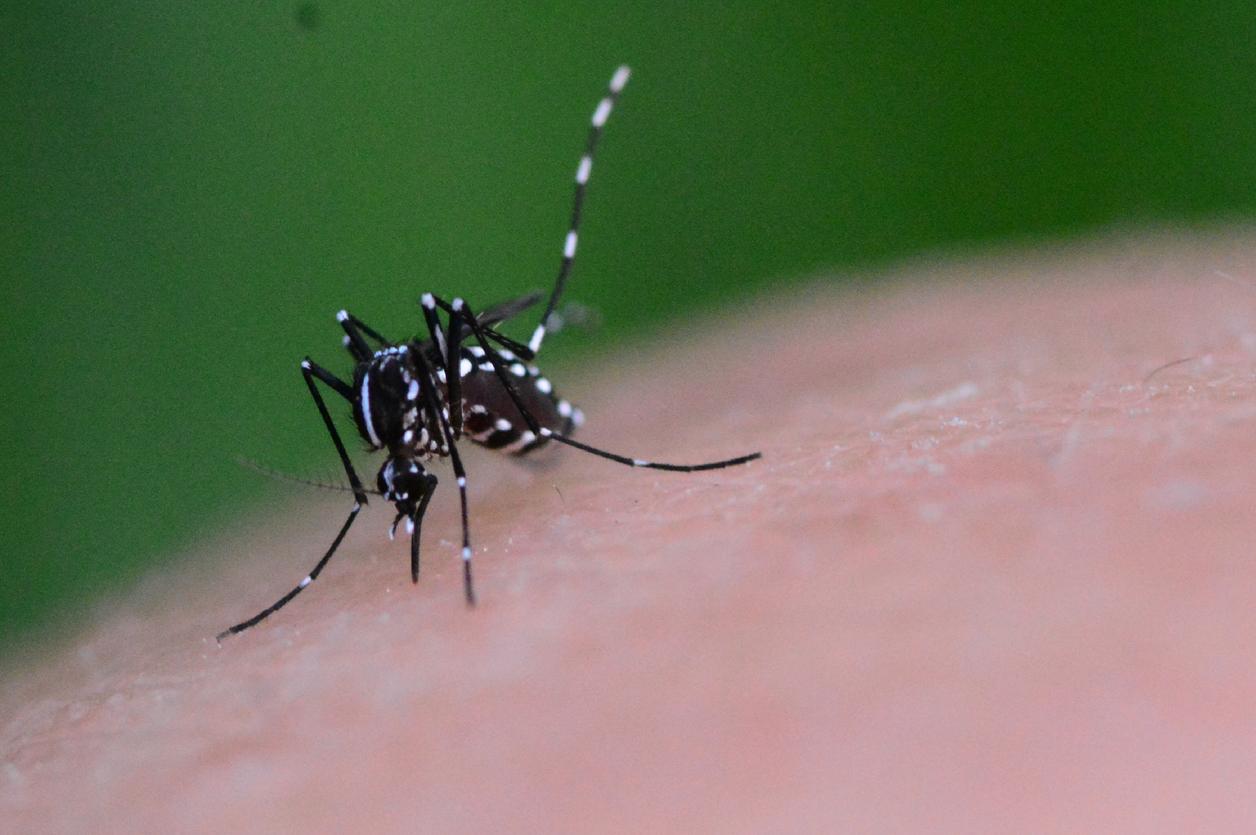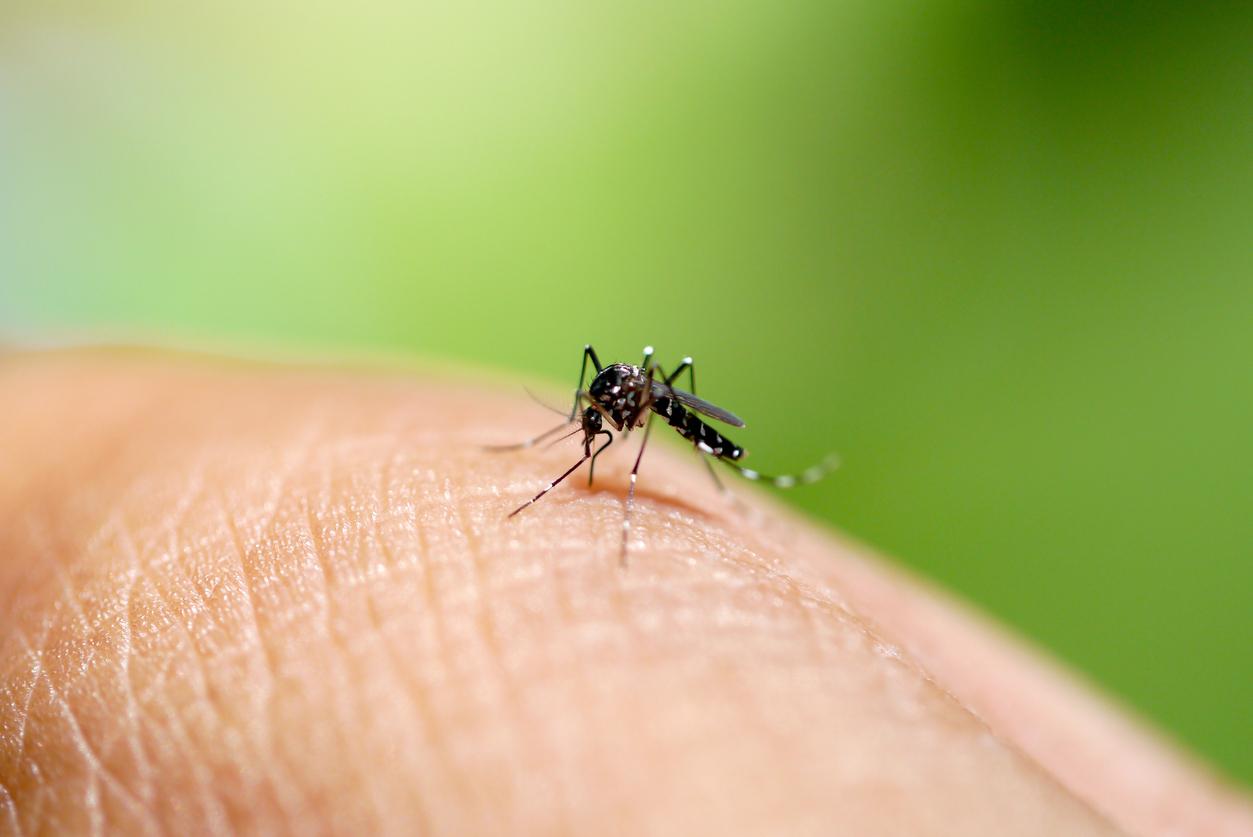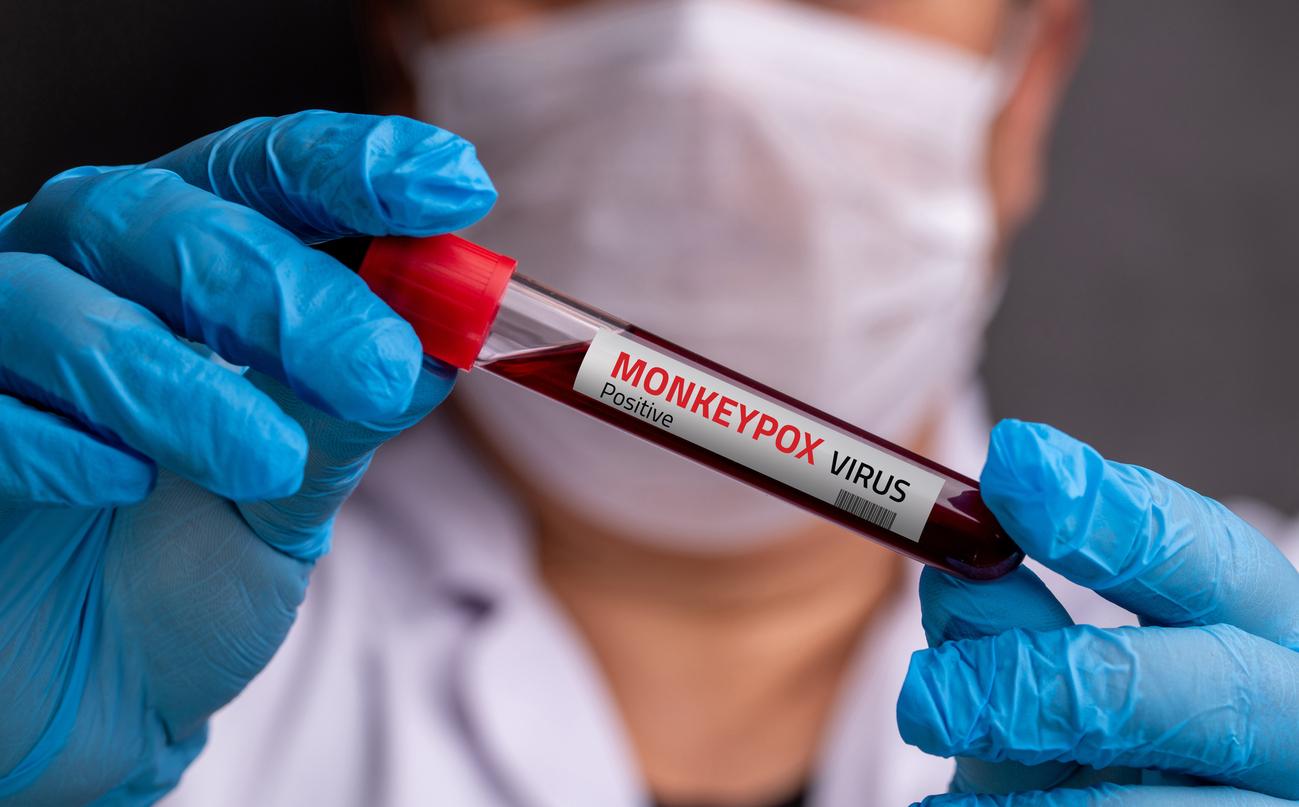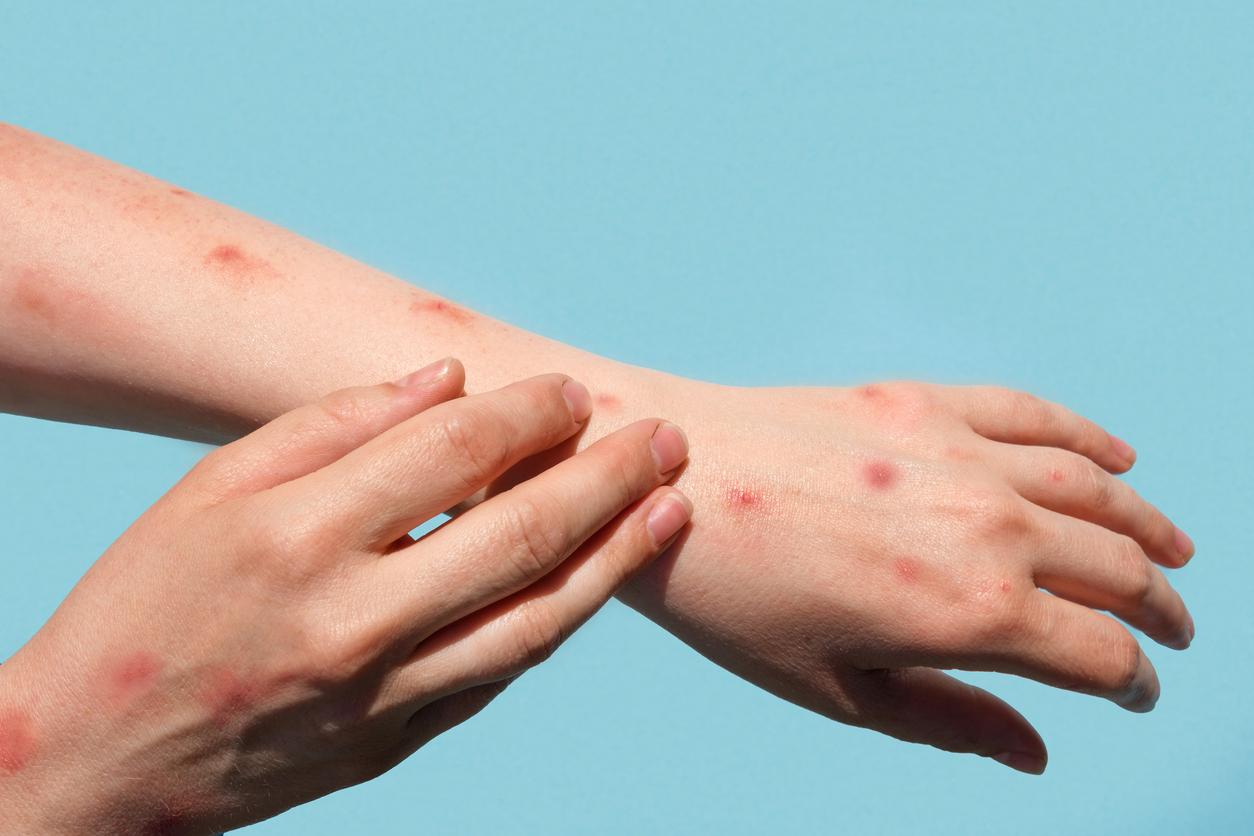“There is currently an epidemic of plague in Madagascar in 5 districts out of 119. 86 people have caught the plague, of which 39 have died”, has just officially announced the Malagasy Ministry of Health, which is trying to reassure the populations by specifying that ” the required measures have already been taken in partnership with the World Health Organization (WHO) and the Pasteur Institute in Madagascar” with “teams already on site to take care of the sick”.
The first death occurred in early November, in a remote village in the north of the island, in the middle of the forest, but it was not officially declared until November 23. Since then, the plague has spread, carried by rats pushed towards homes due to uncontrolled deforestation of the island.
The plague is a real public health problem on the island of Madagascar, with an average of 400 to 500 cases declared each year and several dozen deaths. The high-risk season runs from October to April, during the rainy season. But usually the island is affected by bubonic plague, a form of the disease which takes up to 6 days to develop and responds well to antibiotics. But this year, a doctor from Antananarivo specified that 90% of patients are affected by pneumonic plague, the most virulent form of the disease, much more deadly and extremely contagious. It occurs when the plague bacillus reaches the lungs and is transmitted from person to person as quickly as a cold, by inhaling the droplets emitted when the patient coughs. As the Institut Pasteur points out: “In the absence of early and appropriate treatment, pneumonic plague is systematically fatal within 3 days”.










